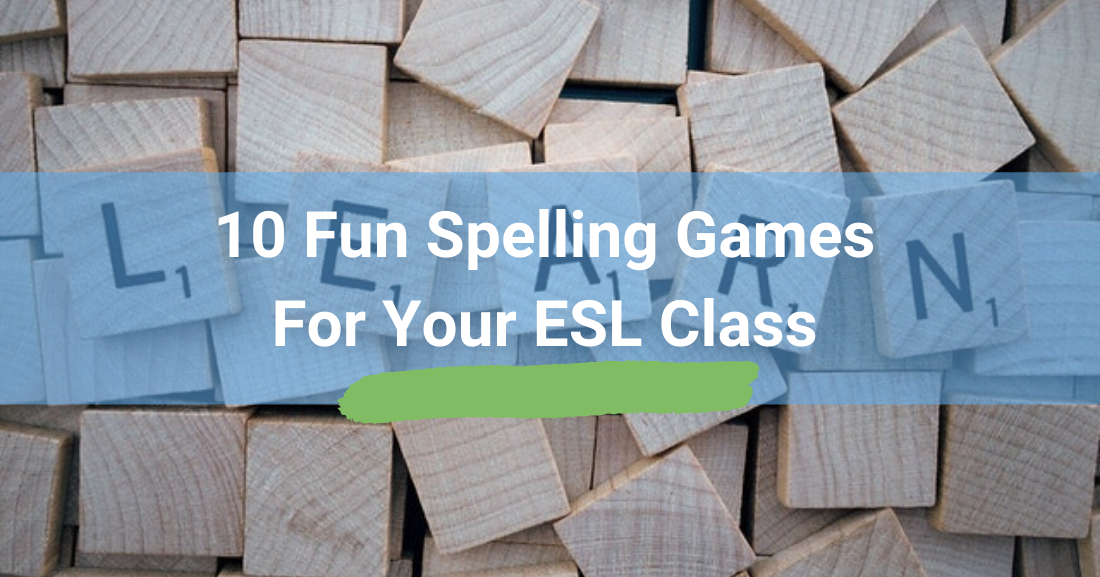10 Fun Spelling Games for Your ESL Class


This all-time favorite is for complete beginners or elementary students. It is useful for spelling, dictionary work, student interaction and empowerment, familiarization with prefixes and suffixes, teaching numbers and letters together and simple educational fun. It is designed simply to remind us of the teaching applications of this word game in its basic form without the frills.
This game has a very simple format, but can be built upon to practice not only simple vocabulary, but also the use of vowels and consonants in word creation. Common letters can be elucidated as well as many language structures such as prefixes and typical word endings.
Introduce The Rules
Introduce the rules by initially demonstrating a word on the board without the gallows or the noose. Personalizing the word adds reality and therefore it is a good idea to choose the name of one of the students. They will probably be surprised to find their name contains some of the ‘English vowels’ i.e. A,E,I,O,U. Make a line for each letter of the word and count out the number of letters and write the appropriate number underneath. Draw their attention to the name e.g.. “It is a five letter word. It has 2 vowels. The first letter of the word is …” Get your students to check the spelling of their own names and their partners to their left and right and delight in their discovery of this striking similarity with the English Language.
Demonstrate
This is a group game for everyone. Begin with a demonstration on the board so that students can clearly visualize how to play. Then a simple description. The students have to guess your mystery word. “This word has a certain number of letters” and they have to elicit them one by one. Ensure the rules are understood by concept checking. As they call out a letter of the alphabet the teacher will cross it out from A-Z written on the board for reference and put that letter in the mystery word, or draw a body feature on the Hangman as appropriate. It is important to show visually that for each letter missed, one body part is drawn on the Hangman. The object of the game is to guess the word before being hanged. The students normally have 9 attempts (Head, neck, body, arms, legs and feet), but optional features can be added if the word is too difficult to guess (eyes, ears, nose, mouth, hair).
Practice
Practice vocabulary already introduced, if appropriate e.g. popular hobbies. As the game focuses largely on letters and spelling practice, also incorporate pronunciation of the targeted words and by numbering the letters teach the practical usage of cardinal and ordinal counting. Once the unknown word has been ascertained, speaking should be encouraged to use the vocabulary in context and thus add to the language content.
Play Hangman!
Initially the game may be played as a group activity and dictionaries are permitted as this encourages future usage, when relevant. The students can guess the full word at any time, but you should impose a penalty if wrong. This is to prevent random and careless guesses and keep control of the students and the game. To encourage student empowerment the person who correctly guesses the word can then come to the board and chose a secret word himself/herself for the next game.
Do not distribute any handouts with instructions. The game and its rules can be explained verbally and visually.
The students can sit in a horseshoe configuration using seats only as this activity does not require pens, papers or desks. This will also enable moving people around easily if smaller groups are utilized later in the game.
It may be used as a warmer/closer or filler depending on the time available.
Do you use Hangman to review vocabulary? Please tell us how you do it in the comments below!